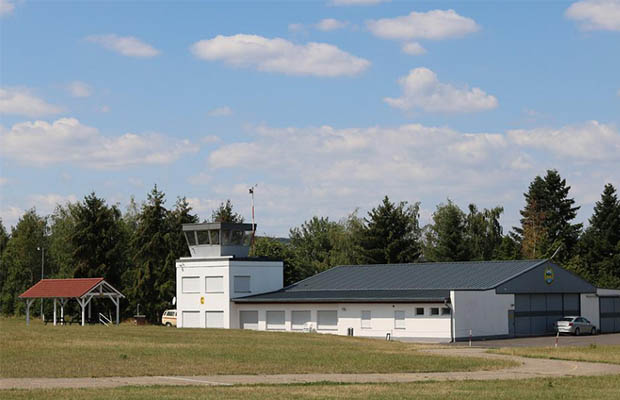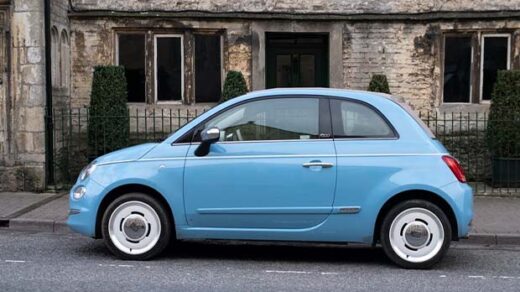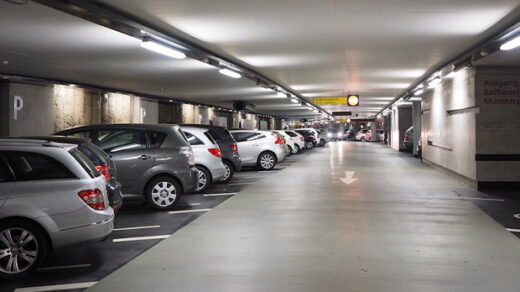Given how expensive cars are, it’s critical to protect your investment by keeping your car out of the elements. Even though those who have the luxury of having a garage built into their homes may not need to worry about it, a carport is a wise investment for the rest of us.
Usually consisting of a roof supported by columns or posts, a carport is a structure designed to house a vehicle. It can protect your vehicle and increase the value of your home.
This article will explain what a carport is, the advantages of owning one, the various types of carports available, and more. Let’s get started!
Table of Contents
What Is A Carport?
A structure called a carport typically has a roof that is supported by beams or posts. A carport is an outdoor building that shields your car from the elements; it’s similar to an outdoor garage but without a door. There are several different types of carports, and we will discuss those in a moment.
There are many advantages to buying a carport if you don’t have a garage. A carport can not only shield your car from UV rays, wind, rain, and snow, but it can also add value to your house and offer a flexible area for storage or other uses. Let’s take a closer look at the advantages of having a carport so you can determine if it’s the best option for you.
Related Post: What is Carport Parking?
Different Types Of Carports
Currently, there are five main types of carports available.
- Aluminum carports are lightweight and can be aesthetically pleasing depending upon their design. To prevent corrosion and to protect them from the elements, they typically have a polyester or epoxy powder coat.
- uPVC carports are low-maintenance although they aren’t always the best choice to enhance the appearance of a property. It’s possible that their roof is transparent.
- Wooden carports are made entirely of wood, with a traditional flat, sloped, or peaked shed-like roof.
- Tin carports are perhaps the least durable on this list. Although they are less expensive, they don’t last as long.
- Steel carports are typically made of galvanized steel and have a corrugated steel sheet roof. They are extremely pricey but also incredibly wind- and weather-resistant.
The majority of these carport designs can be installed as a standalone structure or as an addition to an existing house. While freestanding carports may be more practical or aesthetically pleasing for specific homes, attached carports take up less space.

Why Do People Use Carports?
Your car will be better protected by a carport from harm that would have been done by inclement weather like rain or hail. Your car will also benefit from sun protection. Carports are relatively inexpensive compared to garages, quick and simple to construct, and they keep your cars safe.
Carports provide a more compact, aesthetically pleasing design that matches your home. Adding a carport to your home can be a great way to improve the curb appeal of your property. Additionally, they provide more ventilation than a garage, enabling you to work on your car outside in safety. As a covered outdoor area for a workshop or a BBQ, a carport is another useful accessory.
Does A Carport Require Planning Permission?
The good news is that provided they adhere to certain criteria, outbuildings like carports are typically considered to be “permitted development.” Therefore, if they adhere to these guidelines, you won’t need planning permission:
- It must be for private, non-commercial purposes.
- It must not take up more than half of the property, along with any other outbuildings (excluding the house).
- It cannot go further than the house’s side or main elevations when facing the road.
- It must be no taller than four meters.
- If it is 2 meters or less from the edge of the property, its eaves height must be less than 2.5 meters.
- If the rear boundary has a road, it needs to be farther than 3.5 meters away from the boundary.
But keep in mind that there are much stricter rules if your house is situated in a conservation area, a national park, a World Heritage Site, or an “area of outstanding natural beauty.” Visit the Government’s Planning Portal at this link for a more thorough explanation.
Size Of Carport
How much room will your new carport require? Undoubtedly, that is based on the layout and dimensions of the carport (as well as the size of your vehicle).
Single-car Carport
95% of A carport that is 3 meters wide and 5 meters long will accommodate UK vehicles, so that measurement serves as a good benchmark.
2-car Carport
A carport for two cars would need to be at least 6 by 5 meters (side by side) or 3 by 10 meters (tandem).
3-car Carport
You’ll need a space 9 meters wide by 5 meters deep to fit three standard UK cars, as we don’t recommend trying to fit them in tandem.
You might want to leave an extra half meter or so of space on each side of the carport is built as a free-standing structure so that a wider slab or driving surface can be accommodated.
What Elements Can Carports Protect?
The main advantage of having a carport is that it offers adequate protection against the elements, making it much less likely that the elements will harm your car. Extreme weather conditions can still harm your car, but that also applies to cars parked in garages. Nevertheless, carports generally guard your vehicle against the following:
Snow
Similar to water, snow can seriously harm a vehicle. Snow can cause rust, which can make your car look unattractive. Rust damage can be time-consuming and expensive to repair. Snow can also scratch your windshield, necessitating costly repairs.
A carport will keep the majority of the snow from piling up on top of your car, which can help prevent damage and save you a ton of money on expensive repairs every winter.
Rain
Your car may suffer various types of damage from heavy rain. In addition to harming your car’s paint, heavy rain can also cause rust and, in the worst case, mechanical issues like when water seeps into the crankcase and compromises essential engine and transmission fluids.
When a storm approaches, you won’t need to worry because your car will be covered and protected from the rain with a carport.
Hail
Although hailstorms are uncommon in most places, they do occasionally occur, and it only takes one hailstorm to seriously harm your vehicle. Hail can dent your car severely in some cases, necessitating expensive bodywork and shattering your windshield, making the car unsafe to drive.
The best way to shield your car from falling hail, short of building a garage, is with a carport. The hailstones won’t harm your car because the carport is covered; instead, they’ll strike its roof.
UV Rays
Another significant advantage of carports is that they shield your vehicle from the sun’s harmful UV rays, which can seriously deteriorate the paint on your car and even cause the roof to crack and dent.
Your vehicle’s paint job and the structural integrity of its roof can be preserved by a carport, which can protect it from the sun’s most harmful rays.
Can Carports Raise Your Home’s Value?
Although having a carport unquestionably has many advantages, including weather protection, there are other factors to think about before buying one. Because potential buyers will value the ability to protect their vehicles or even convert the carport into another type of space, like a storage area or outdoor room, a carport can significantly raise the resale value of your home.
Many homeowners who do have attached garages continue to purchase carports; however, they use them for purposes other than protecting their vehicles. Given that they give off plenty of shade and protection from the sun, carports make excellent gazebos. If you want to create a workshop, studio, or storage area outside, a carport is a great option.
Due to zoning regulations in your city, paying to have a new garage built into your home is probably going to be prohibitively expensive and might not even be feasible. However, a carport is a much more affordable option that can still offer your car a lot of protection for a much smaller investment than it would be to build a new garage. If you install a carport, think about how much money you’ll save on vehicle repairs over time; the carport will essentially pay for itself.
About Wind And Snow Load Ratings
How resistant a carport will be to wind and snow is among the most crucial factors to take into account when making a purchase. Both a wind rating and a snow load rating are typically present on metal carports; these ratings describe the maximum amount of wind and snow that the structure can withstand before failing. More durability against the elements, such as snow and wind, is indicated by higher ratings.
As a result, it would be wise to spend money on a carport that receives high ratings in these categories if you reside in a region that experiences heavy snowfall or frequent high wind gusts. Also, keep in mind that fabric carports do not have wind or snow load ratings since they are not designed to withstand strong winds or heavy snowfalls.
Choose an all-steel carport if you’re unsure because they are typically the highest rated for wind and snow load.
Read More: Do Electric Cars Lose Charge When Parked?



